Unless he is Rajnikanth, the average Indian is just one bribe away from selling his conscience.
Ever seen the expression on the faces of passengers the moment they see a railway ticket examiner catch someone travelling without a ticket? It has ‘thank-god-it-wasn’t-me’ written all over it.
Why not? We love recounting boastful stories about how we ‘got away’ scot-free, how our ‘baggage was unchecked’, or how nobody ‘asked for our identification’.
Corruption is a crime. Paying a bribe is also one. However, accepting the notion that the bribe is to be paid anyway, only worsens the malaise, since in this instance, acceptance is a sign that society has succumbed to it.
In a mission to fight corruption, in August this year, a non-profit organisation launched a website called ‘I Paid a Bribe’ (www.ipaidabribe.com), which allowed users to anonymously declare and share accounts of when they paid, accepted or declined a bribe. The website, in this way, also claims to track the ‘market price of corruption’.
Awanti Bele, one of the people behind IPaidaBribe, says, “Discussing corruption evokes a familiar pattern of reactions. Most people accept it as inevitable and unavoidable. Many even say that nothing should be done about it; that it’s a form of gift-giving and that at least, the corrupt deliver efficiently. Most people also see corruption as a social trend arising out of an erosion of value systems.”
According to the research by Janaagraha, the organisation which runs the website, there are seven common excuses for accepting and condoning corruption.
1. Corruption is everywhere. 2. Corruption always existed. 3. The concept of corruption is vague and culturally determined. 4. Cleansing will require a whole change in attitudes and values. 5. Corruption is not harmful; it is the grease that moves the economic engine. 6. Nothing can be done if the people at the top are corrupt and corruption is systematic. 7. Don’t worry, with the free market, it will eventually go away.
On Ipaidabribe.com, the most commonly reported instances of payment of bribes are related to any form of registration, police complaint, municipal service, motor vehicles department, and electricity supply.
“There’s an interesting thing about the count of reports and the amounts,” Bele says. “As registration-related bribes are of a high denomination, purely by amount, a registration department will have a larger figure collected as bribes. But the more frequent bribes are given to cops, and these include traffic violations, passport verification, etc.”
Unfortunately, in popular culture or even in real life, there is no Howard Roark-like figure of inspiration. Is there any public figure who is testimony to having resisted corruption throughout his/her lifetime? A jog in memory lane and you’ll be able to recollect only the biggest scamsters in Indian history. Art and culture, both of which have a strong role to play in creating and nurturing a mindset of zero tolerance to corruption, on the contrary, portray the futility of standing up to corruption (unless it’s a Rajnikanth film).
For example, Rang De Basanti, considered a landmark in arousing the conscience of India’s GenNext, depicts three young protagonists being nailed down by the government after they’ve assassinated a corrupt politician.
Dombivli Fast, a cult film amongst Marathi audiences, narrates the story of Madhav Apte, a middle-class professional. He gets so fed up of corruption in day-to-day life that one fine day, annoyed over an extra rupee charged for a bottle of cola, he loses his mind and becomes a vigilante. He goes on to destroy everything corrupt that comes his way, and is eventually killed in a police encounter.
On the other hand, you have Mani Ratnam’s Guru, which celebrates the crony capitalism of one of the country’s biggest business barons as the way to become a billionaire. Some may say Sanjay Dutt’s Munnabhai brought Gandhigiri to the masses, but that was only presented as an alternative way to tackle corruption, it wasn’t a solution.
At the recently held TEDxGateway conference in Mumbai, Wall Street Journal columnist and CEO, Vu Technologies, Devita Saraf championed the ‘art of jugaad’, which, she believes, will differentiate India from the rest of the world in the days to come.
‘Jugaad’, literally translated, means making sense of the chaos and still delivering results. On the topic of corruption, Saraf says, “Greasing a few palms seems like an easy and convenient option for many people. But bribes never stop at one. If you pay the first bribe, be prepared to pay another and yet another.” For starry-eyed entrepreneurs who are looking to make a mark in business, she has a word of advice. “Stay out of a business that requires regular bribes and corruption. Don’t get into a dirty industry and then complain that your hands got soiled.”
Professor Nandini Vaidyanathan, who teaches at several Ivy-league colleges and is an alumnus of the London School of Economics, says, “Bribing is not Hobson’s choice although people would like you to believe that. Corruption is a two-way street, operating under the market economics of demand and supply. If the supply side doesn’t exist, the demand will lose steam.”
She agrees that there is no reason to believe that our politicians should be morally upright and clean, considering the people they seek to serve, are more than keen to jump the queue. “We ourselves invented this hydra-headed monster called corruption and then we kept feeding it. Now that it has overwhelmed us, we’re trying to invent a Ulysses to kill it. But creating a Ulysses has to be an act of conscious volition, not empty noise.”
![submenu-img]() House of the Dragon season 2 trailer: Rhaenyra wages an unwinnable war against Aegon, Dance of the Dragons begins
House of the Dragon season 2 trailer: Rhaenyra wages an unwinnable war against Aegon, Dance of the Dragons begins![submenu-img]() Panchayat season 3 trailer: Jitendra Kumar returns as sachiv, Neena, Raghubir get embroiled in new political tussle
Panchayat season 3 trailer: Jitendra Kumar returns as sachiv, Neena, Raghubir get embroiled in new political tussle![submenu-img]() Apple partners up with Google against unwanted tracker, users will be alerted if…
Apple partners up with Google against unwanted tracker, users will be alerted if…![submenu-img]() Meet actress whose debut film was superhit, got married at peak of career, was left heartbroken, quit acting due to..
Meet actress whose debut film was superhit, got married at peak of career, was left heartbroken, quit acting due to..![submenu-img]() Who is the real owner of Delhi's Connaught Place and who collects rent from here?
Who is the real owner of Delhi's Connaught Place and who collects rent from here?![submenu-img]() Meet man who is 47, aspires to crack UPSC, has taken 73 Prelims, 43 Mains, Vikas Divyakirti is his...
Meet man who is 47, aspires to crack UPSC, has taken 73 Prelims, 43 Mains, Vikas Divyakirti is his...![submenu-img]() IIT graduate gets job with Rs 100 crore salary package, fired within a year, he is now working as…
IIT graduate gets job with Rs 100 crore salary package, fired within a year, he is now working as…![submenu-img]() Goa Board SSC Result 2024: GBSHSE Class 10 results to be out today; check time, direct link here
Goa Board SSC Result 2024: GBSHSE Class 10 results to be out today; check time, direct link here![submenu-img]() CUET-UG 2024 scheduled for tomorrow postponed for Delhi centres; check new exam date here
CUET-UG 2024 scheduled for tomorrow postponed for Delhi centres; check new exam date here![submenu-img]() Meet man who lost eyesight at 8, bagged record-breaking job package at Microsoft, not from IIT, NIT, VIT, his salary is…
Meet man who lost eyesight at 8, bagged record-breaking job package at Microsoft, not from IIT, NIT, VIT, his salary is…![submenu-img]() DNA Verified: Is CAA an anti-Muslim law? Centre terms news report as 'misleading'
DNA Verified: Is CAA an anti-Muslim law? Centre terms news report as 'misleading'![submenu-img]() DNA Verified: Lok Sabha Elections 2024 to be held on April 19? Know truth behind viral message
DNA Verified: Lok Sabha Elections 2024 to be held on April 19? Know truth behind viral message![submenu-img]() DNA Verified: Modi govt giving students free laptops under 'One Student One Laptop' scheme? Know truth here
DNA Verified: Modi govt giving students free laptops under 'One Student One Laptop' scheme? Know truth here![submenu-img]() DNA Verified: Shah Rukh Khan denies reports of his role in release of India's naval officers from Qatar
DNA Verified: Shah Rukh Khan denies reports of his role in release of India's naval officers from Qatar![submenu-img]() DNA Verified: Is govt providing Rs 1.6 lakh benefit to girls under PM Ladli Laxmi Yojana? Know truth
DNA Verified: Is govt providing Rs 1.6 lakh benefit to girls under PM Ladli Laxmi Yojana? Know truth![submenu-img]() Ananya Panday stuns in unseen bikini pictures in first post amid breakup reports, fans call it 'Aditya Roy Kapur's loss'
Ananya Panday stuns in unseen bikini pictures in first post amid breakup reports, fans call it 'Aditya Roy Kapur's loss'![submenu-img]() Remember Harsh Lunia? Just Mohabbat child star, here's how former actor looks now, his wife is Bollywood's popular...
Remember Harsh Lunia? Just Mohabbat child star, here's how former actor looks now, his wife is Bollywood's popular...![submenu-img]() Mother's Day 2024: Bollywood supermoms who balance motherhood, acting, and run multi-crore businesses
Mother's Day 2024: Bollywood supermoms who balance motherhood, acting, and run multi-crore businesses![submenu-img]() Rocky Aur Rani's Golu aka Anjali Anand shocks fans with drastic weight loss without gym, says fitness secret is...
Rocky Aur Rani's Golu aka Anjali Anand shocks fans with drastic weight loss without gym, says fitness secret is...![submenu-img]() In pics: Ram Charan gets mobbed by fans during his visit to Pithapuram for ‘indirect campaign’ for uncle Pawan Kalyan
In pics: Ram Charan gets mobbed by fans during his visit to Pithapuram for ‘indirect campaign’ for uncle Pawan Kalyan![submenu-img]() Haryana Political Crisis: Will 3 independent MLAs support withdrawal impact the present Nayab Saini led-BJP government?
Haryana Political Crisis: Will 3 independent MLAs support withdrawal impact the present Nayab Saini led-BJP government?![submenu-img]() DNA Explainer: Why Harvey Weinstein's rape conviction was overturned, will beleaguered Hollywood mogul get out of jail?
DNA Explainer: Why Harvey Weinstein's rape conviction was overturned, will beleaguered Hollywood mogul get out of jail?![submenu-img]() What is inheritance tax?
What is inheritance tax?![submenu-img]() DNA Explainer: What is cloud seeding which is blamed for wreaking havoc in Dubai?
DNA Explainer: What is cloud seeding which is blamed for wreaking havoc in Dubai?![submenu-img]() DNA Explainer: What is Israel's Arrow-3 defence system used to intercept Iran's missile attack?
DNA Explainer: What is Israel's Arrow-3 defence system used to intercept Iran's missile attack?![submenu-img]() House of the Dragon season 2 trailer: Rhaenyra wages an unwinnable war against Aegon, Dance of the Dragons begins
House of the Dragon season 2 trailer: Rhaenyra wages an unwinnable war against Aegon, Dance of the Dragons begins![submenu-img]() Panchayat season 3 trailer: Jitendra Kumar returns as sachiv, Neena, Raghubir get embroiled in new political tussle
Panchayat season 3 trailer: Jitendra Kumar returns as sachiv, Neena, Raghubir get embroiled in new political tussle![submenu-img]() Meet actress whose debut film was superhit, got married at peak of career, was left heartbroken, quit acting due to..
Meet actress whose debut film was superhit, got married at peak of career, was left heartbroken, quit acting due to..![submenu-img]() 'Ek actress 9 log saath leke...': Farah Khan criticises entourage culture in Bollywood
'Ek actress 9 log saath leke...': Farah Khan criticises entourage culture in Bollywood![submenu-img]() Bollywood’s 1st multi-starrer had 8 stars, makers were told not to cast Kapoors; not Sholay, Nagin, Shaan, Jaani Dushman
Bollywood’s 1st multi-starrer had 8 stars, makers were told not to cast Kapoors; not Sholay, Nagin, Shaan, Jaani Dushman![submenu-img]() Who is the real owner of Delhi's Connaught Place and who collects rent from here?
Who is the real owner of Delhi's Connaught Place and who collects rent from here?![submenu-img]() Viral video: Chinese artist's flaming 'stairway to heaven' stuns internet, watch
Viral video: Chinese artist's flaming 'stairway to heaven' stuns internet, watch![submenu-img]() Video: White House plays 'Sare Jahan Se Achha Hindustan Hamara" at AANHPI heritage month celebration
Video: White House plays 'Sare Jahan Se Achha Hindustan Hamara" at AANHPI heritage month celebration![submenu-img]() Viral video: Bear rides motorcycle sidecar in Russia, internet is stunned
Viral video: Bear rides motorcycle sidecar in Russia, internet is stunned![submenu-img]() Driver caught on camera running over female toll plaza staff on Delhi-Meerut expressway, watch video
Driver caught on camera running over female toll plaza staff on Delhi-Meerut expressway, watch video

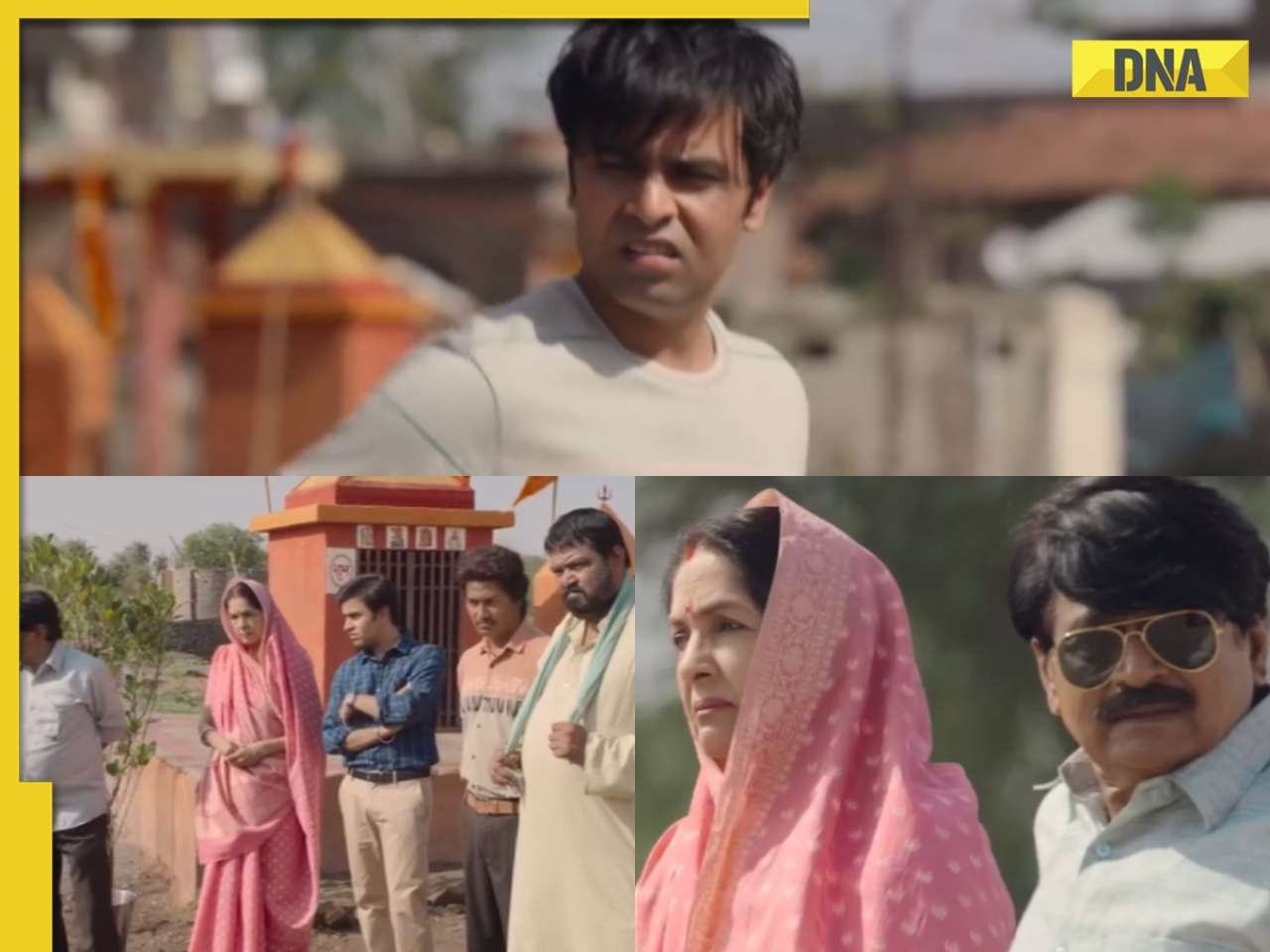











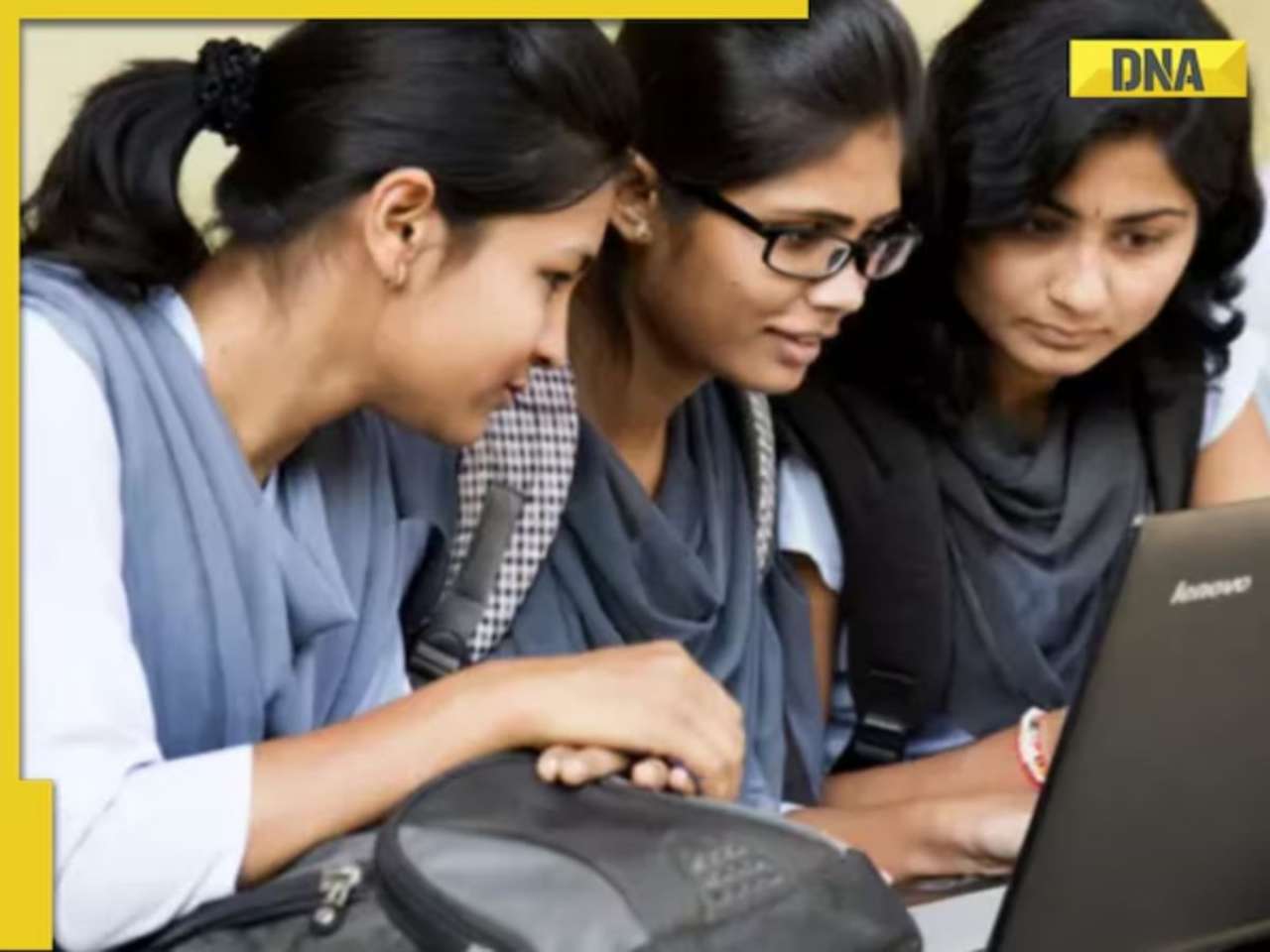
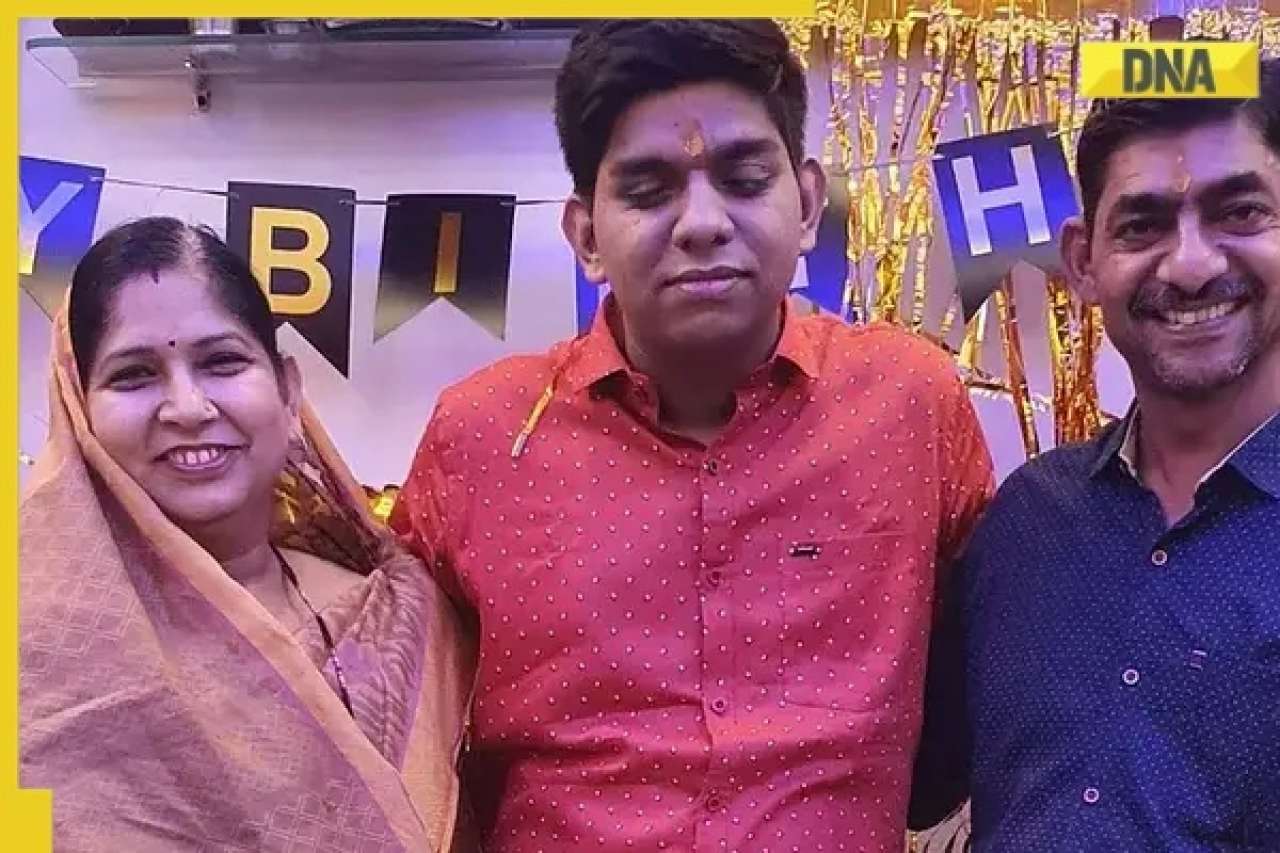
















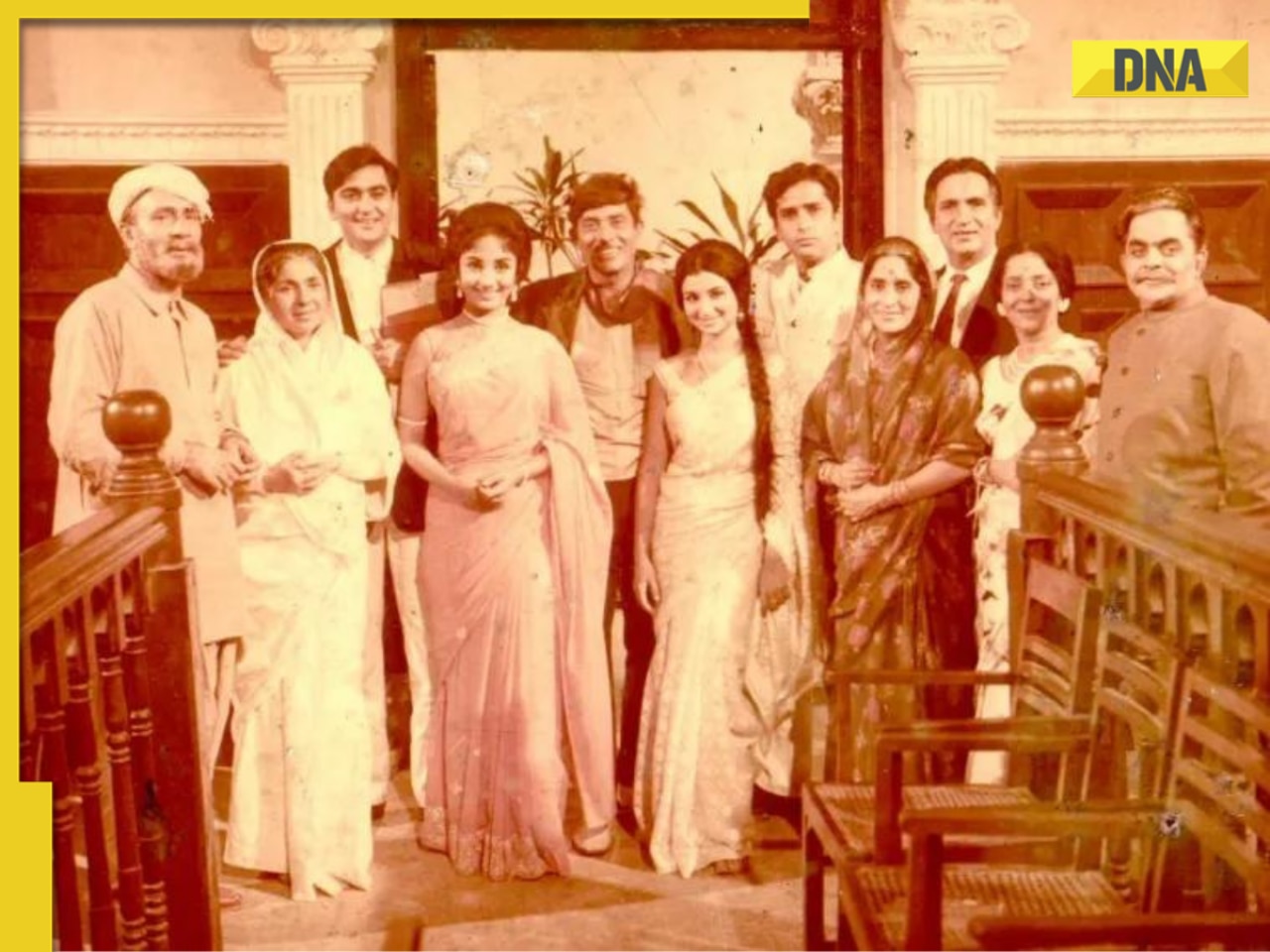














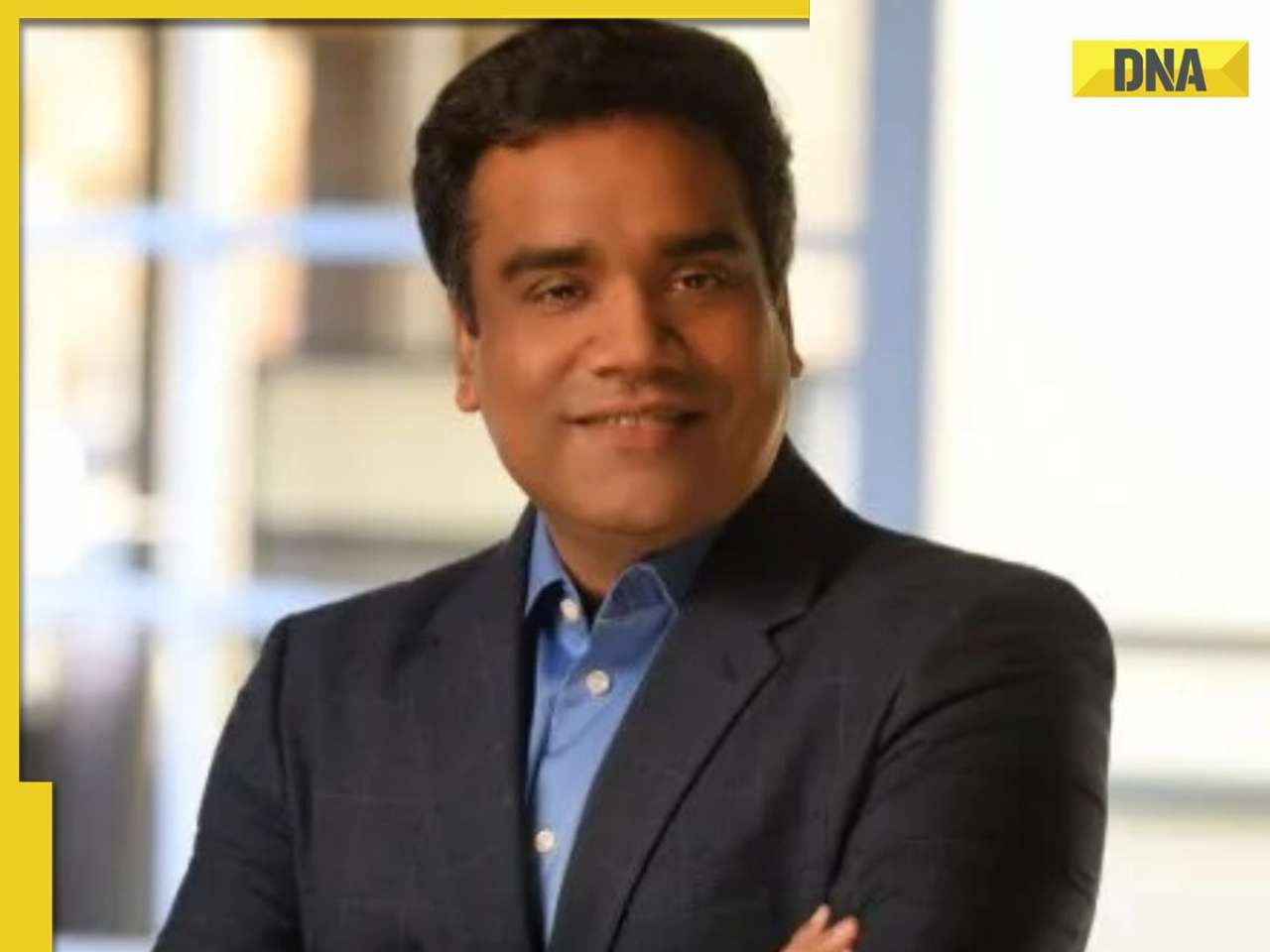
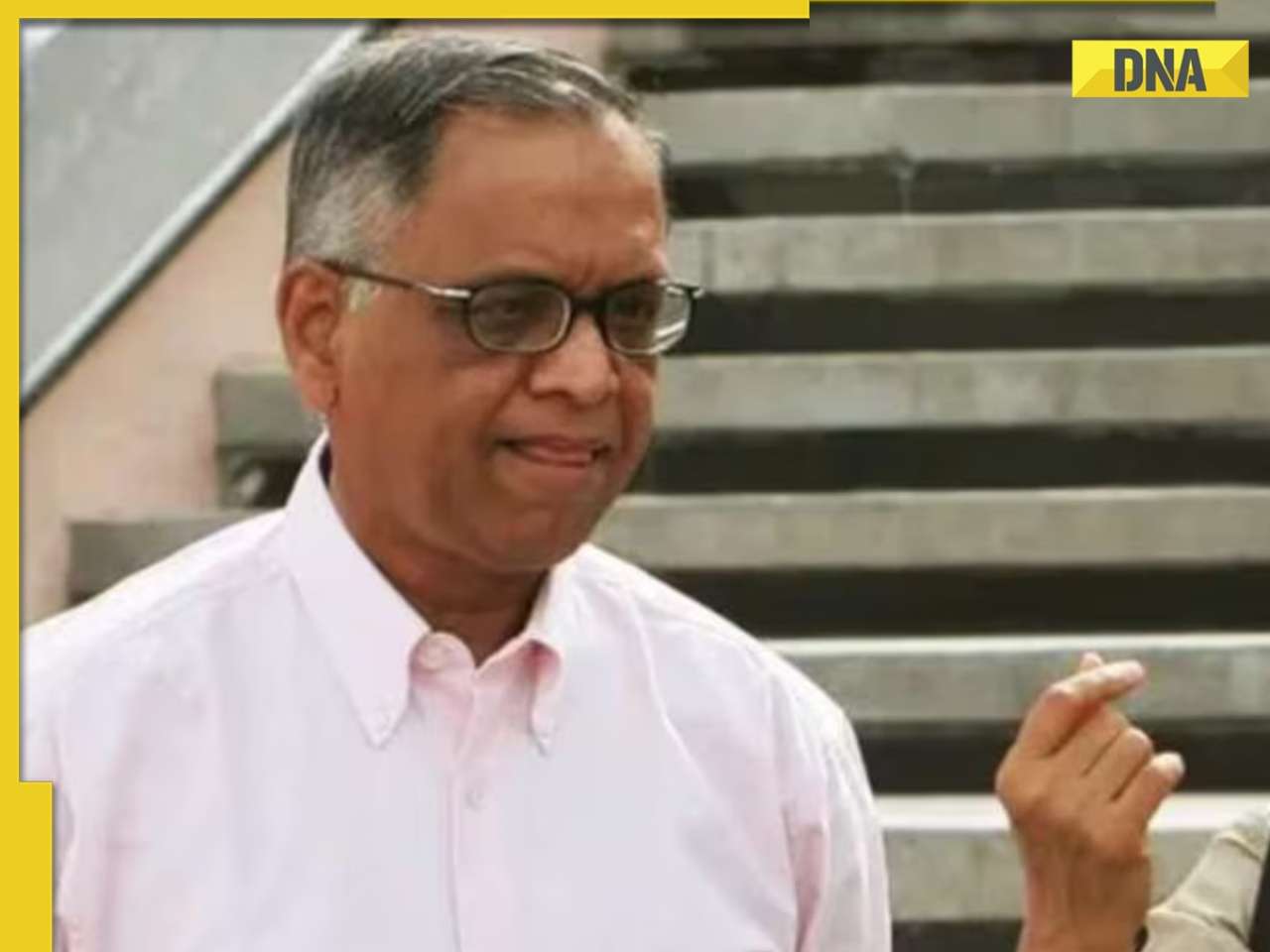







)
)
)
)
)
)